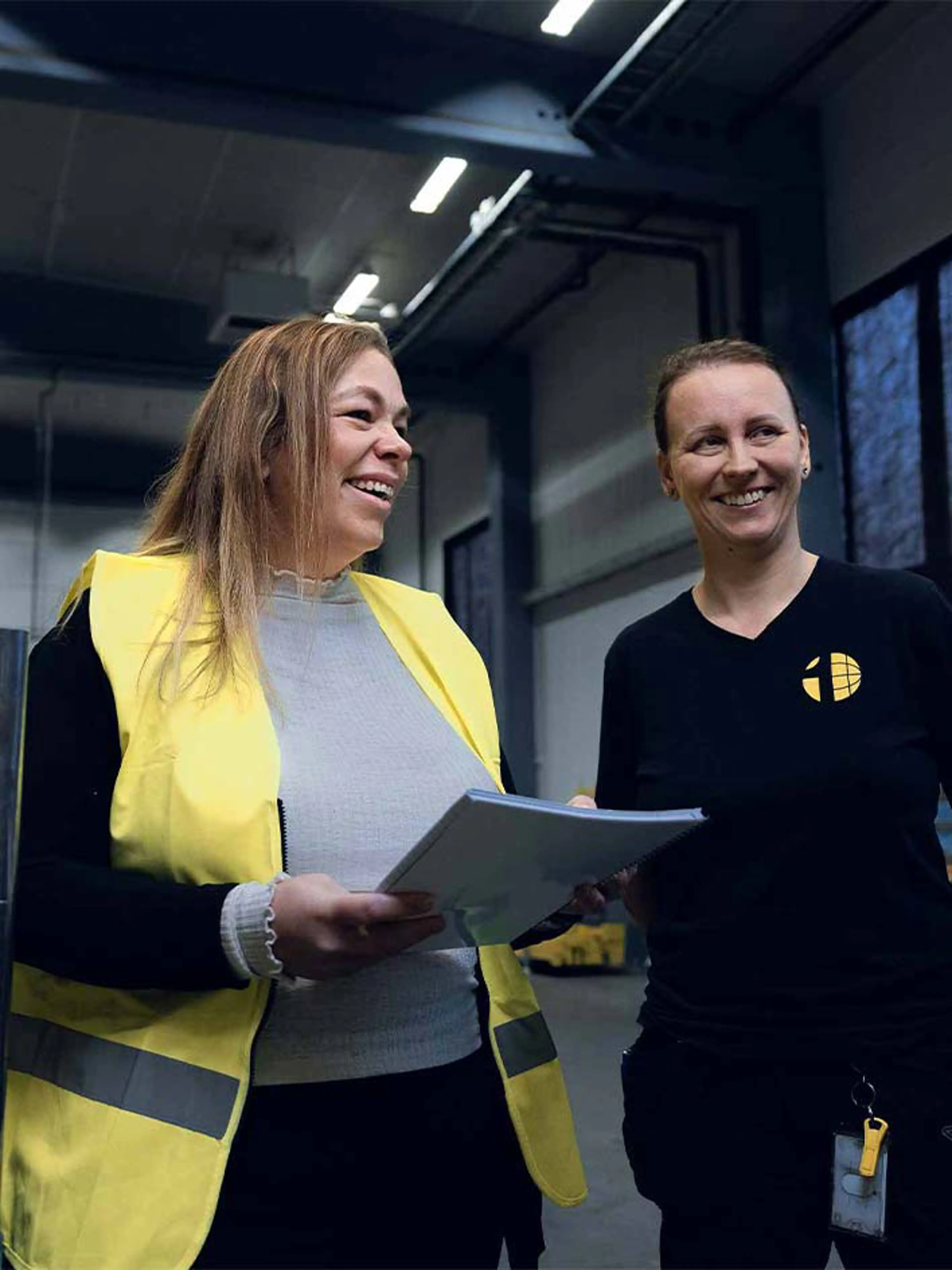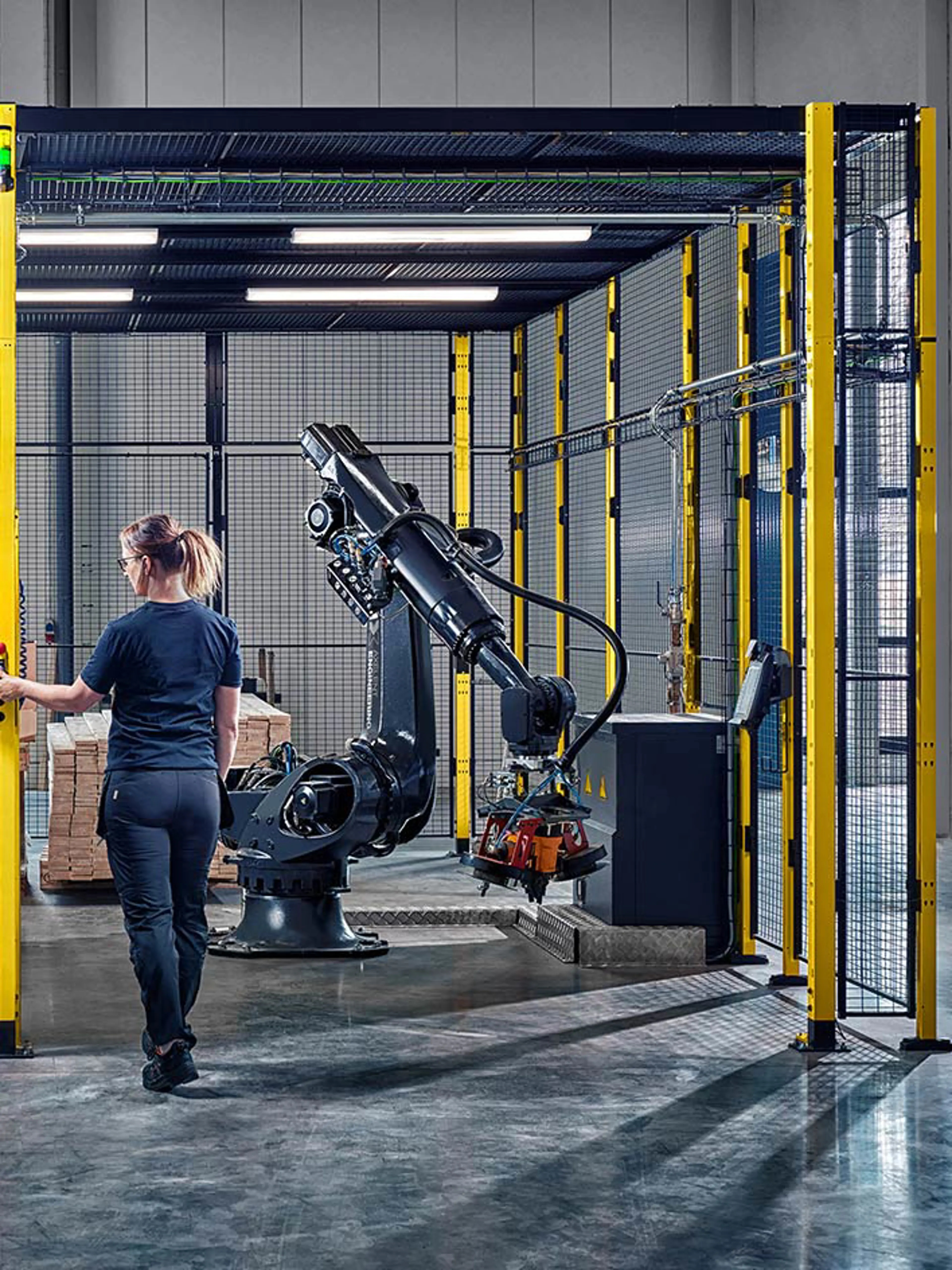Chapter 4.1
New regulations
The Machinery Directive, introduced in 1989 and last updated in 2006, ensures machines meet EU safety standards, harmonizing regulations and boosting trade. Continue reading to explore why updates were necessary and how legislation has evolved over time.
Why a regulation instead of an updated directive?
The most obvious change is in the title – formerly “directive”, now “regulation”. Why the difference? EU directives must be converted into national laws by each EU member state.
Then the EU commission must check, whether the community law has been implemented correctly. This is a time-consuming, tedious process. Also, it may be difficult for internationally active enterprises to find out which national laws implement a directive in the different countries and which additional rules must be observed in each country.
An EU regulation, however, applies directly in all member states from the date it enters into force. The structure and content are identical in each country and language. This makes it a lot easier for international players to apply the rules correctly. It also specifies directly the obligations of the national governments and authorities.

Start of application of the Machinery Regulation
When will the Machinery Regulation replace the Machinery Directive?
The Machinery Regulation 2023/1230 must be applied from 20 January 2027. Thus, the industry has some time to prepare for the changes. Clauses of the Machinery Regulation that are stricter than those of the current Machinery Directive can of course be applied immediately by a machinery manufacturer. However, it will not be admissible to declare conformity with the Regulation before 20 January 2027. More information about the new Machinery Regulation can be found in the following sections.

What are the most important changes introduced by the Machinery Regulations?
The list of changes and additions is long, and it is important to study each aspect carefully to ensure one does not fail to apply the regulation correctly.
As a brief overview we offer the following (incomplete) list:
- The obligations of the so called “economic operators” have been integrated as in all of the newer EU directives and regulations.
- The scope now includes machines lacking control software and substantially modified machinery, considering modifiers as manufacturers with obligations under Article 10 (conformity declaration, assessment, and documentation).
- The list of machines and related products requiring certification has been split into two sections and new products have been added. In the future, the EU Commission will have the right to update the list as needed.
- The essential health and safety requirements have been updated. Most of the additions refer to artificial intelligence in safety related control systems, autonomous machinery, and protection against corruption of the machine’s safety system by deliberate actions (cyber-attacks).
- The operating instructions for machinery may be supplied in electronic format (currently a version on paper is still considered mandatory).
- Risk assessments must address additional risks from autonomous machinery, AI-based safety functions, cyber attacks, human-machine interaction, and integrated manufacturing systems.
- For partly completed machinery, the contents of the assembly instructions have been defined in detail and no longer differ much from the requirements for the operating instructions for machinery.

Explore the latest standards and regulations on machine safety in this insightful webinar. Hosted by Order Planning Manager Atlanta Darroch-Davies and Safety Expert Matthias Schulz, gain expert knowledge to ensure compliance and enhance workplace safety. The webinar starts at the 2:00 minute mark.